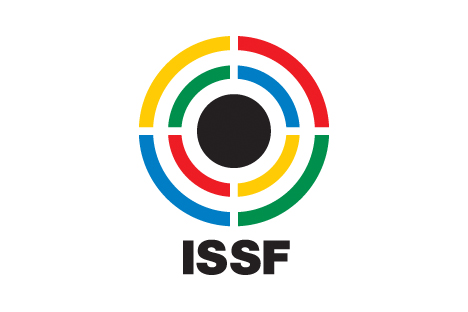First, the minutes from the 2009 ISSF Technical and Rifle Committees meetings contain only discussion topics and recommendations. ISSF Rules do not change until the ISSF Administrative Council approves changes and nothing in those minutes has been approved. Second, those minutes contain preliminary proposals designed to address some serious rifle shooter clothing problems that developed in the last year. The ISSF Technical and Rifle Committee expressed its opinion that some recently introduced shooter clothing was made of materials that could violate current stiffness rules. When a new model of shooting trousers stand up by themselves and do not collapse even after substantial pressure is placed on them, there is reasonable cause to doubt that this equipment complies with the ISSF Rules and Regulations. When trouser seat pads become back supports, it is reasonable to issue new rule interpretations. When IOC members ask critical questions about why elite shooter-athletes cannot walk normally, their questions must be taken seriously. Stiffer clothing designed to provide increased support violates IOC rules prohibiting the artificial enhancement of athlete performance and ISSF rules prohibiting artificial support.
Continued efforts by manufacturers to produce rifle clothing that is less flexible than clothing currently approved and used by shooters can be similar to the “technological doping" that FINA (international swimming federation) fought last summer when it banned a whole series of new swimwear that had been worn by swimmers who totally rewrote their list of world records. The ISSF would be abandoning its responsibility to our sport and its athletes if we do not act to control similar developments in shooting.
The ISSF has worked hard since 2005 to control rifle clothing stiffness and flexibility through stricter and more consistent equipment control testing. The ISSF Athletes Commission and many athletes have applauded how this makes it possible for all shooters to have clothing that is relatively equal. The ISSF and its athletes surely do not want to return to the unfair situation that sometimes occurred before that date when inconsistent enforcement and artificial manipulation of jackets and trousers (heat, etc.) allowed some shooters to compete with clothing that provided more support than clothing used by shooters who complied fully with the rules.
As part of its continuing efforts to keep all rifle shooter clothing sufficiently flexible to comply with ISSF rules and equal for all competitors, the ISSF will follow this plan of action during 2010:
1. The most recent proposals of the ISSF Rifle and Technical Committees will be carefully studied and discussed by several groups within the ISSF before any final proposals are developed for presentation to the Administrative Council. The opinions of athletes, trainers and manufacturers will of course be considered.
2. ISSF Equipment Control Juries at 2010 World Cups and the 2010 World Championship will continue their strict enforcement of ISSF rules regarding clothing thickness, stiffness and flexibility. Specially trained experts in these control procedures will chair all 2010 Equipment Control Juries. Rule 6.6.3 gives ISSF Equipment Control Juries full authority to apply the flexibility standards of Rule 6.4.2.1.1 (must not immobilize or unduly reduce the movement of the shooter's legs, body or arms) to determine whether all rifle clothing complies with the “spirit and intent” of that rule.
3. ISSF Rule 7.4.7.8.2.3 regarding the height of the seat patch reinforcement states, The seat patch…vertical measurement must not be longer than to cover the normal wear points on the seat of the wearer. Starting in 2010, ISSF Equipment Control Juries will interpret this rule to mean that “normal wear points” are determined when shooting trousers are fully closed and the shooter is sitting. This means that any pad or reinforcement placed directly below the waistband is illegal and must be removed.
4. There is a concern that rifle shooting boots are becoming stiffer and less flexible. As one way to check shooting boot flexibility, shooters may be asked by Equipment Control or Rifle Juries to walk normally with their jackets, trousers and boots on and fully closed or laced to demonstrate that their boots are flexible. “Walk normally” means the knees must bend, the heels must strike the floor first and then visibly rise from the floor before the toes are lifted.
5. A meeting of the ISSF Special Commission on Rifle Shooter Clothing will be organized in December 2010 to evaluate all aspects of rifle shooter clothing and prepare possible recommendations for future changes in ISSF rules or inspection procedures. This meeting will include members of the ISSF Executive Committee, Administrative Council and the Technical and Rifle Committees. Representatives of athletes, coaches and manufacturers will be invited to participate in this meeting.

